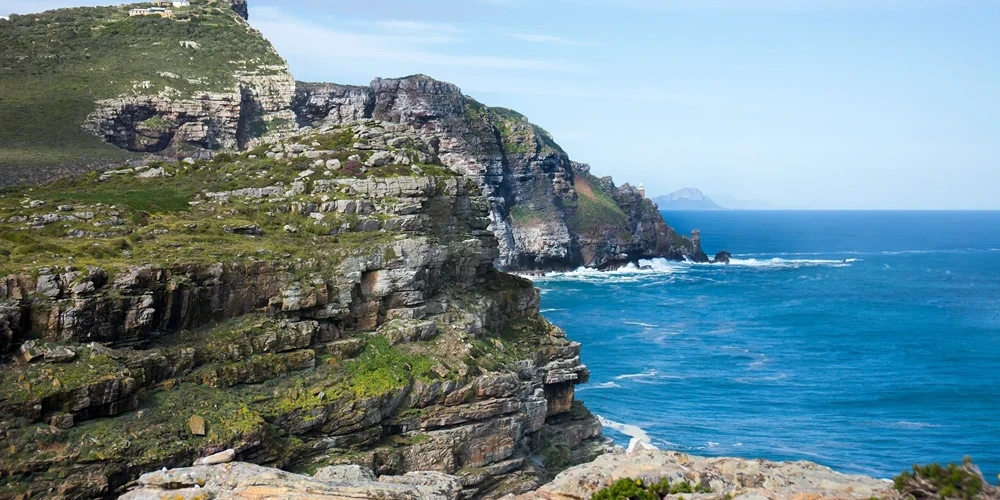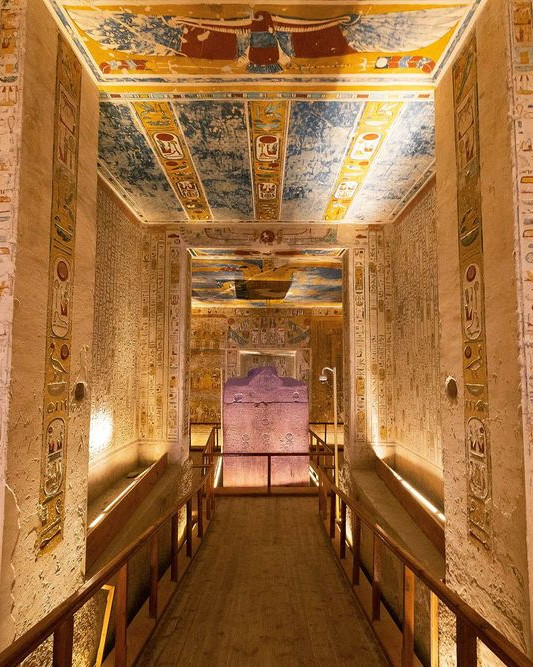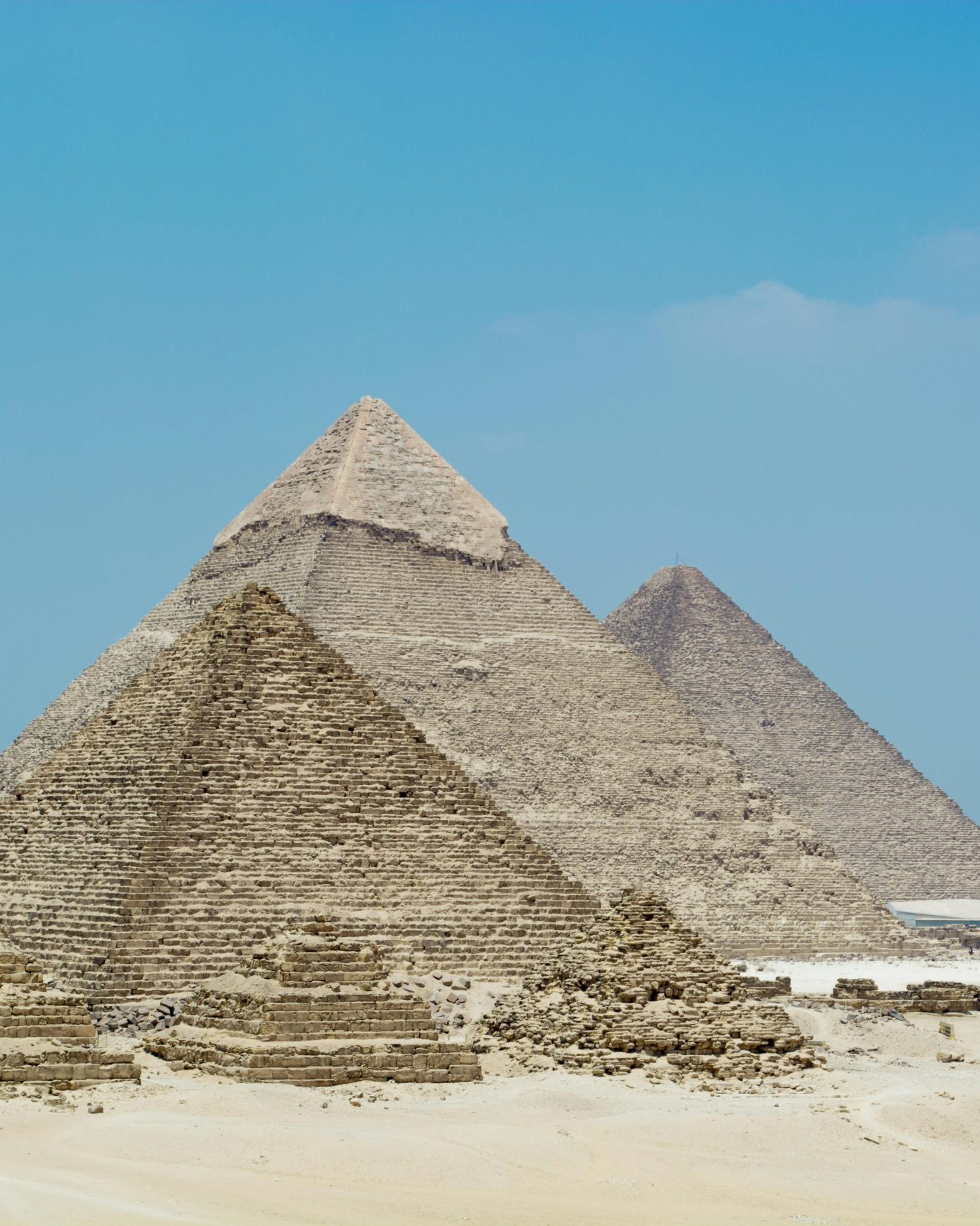Do you know the Cape of Good Hope isn’t the southernmost tip of Africa? Despite this common misconception, this iconic landmark holds a treasure trove of history, biodiversity, and scenic beauty. Nestled on the southwestern edge of South Africa’s Cape Peninsula, the Cape of Good Hope is a beacon for maritime explorers and nature enthusiasts alike. In this article, we uncover ten stunning facts about this remarkable site, offering insights into its geographical significance, historical impact, and the vibrant flora and fauna that call it home. Prepare to see the Cape of Good Hope through a new lens.
Geographical Location and Significance of the Cape of Good Hope
The Cape of Good Hope is situated at the southwesternmost point of the African continent, specifically on the Atlantic coast of the Cape Peninsula in South Africa. It lies approximately 50 kilometers south of Cape Town, making it a popular day trip destination for visitors to the city. The exact coordinates are 34°21′29″S 18°28′19″E, placing it within the boundaries of the Table Mountain National Park. Covering an area of 5.28 square kilometers, the region is renowned for its unique flora and fauna, contributing to its status as a biologically rich area.
Historically, the Cape of Good Hope holds immense significance in maritime navigation. It was first rounded by Portuguese explorer Bartolomeu Dias in 1488, marking a crucial milestone in the Age of Discovery. This event opened up new sea routes for trade between Europe and Asia, significantly impacting global commerce. The site continues to be a symbolic landmark in maritime history.
Historical Significance and Maritime History
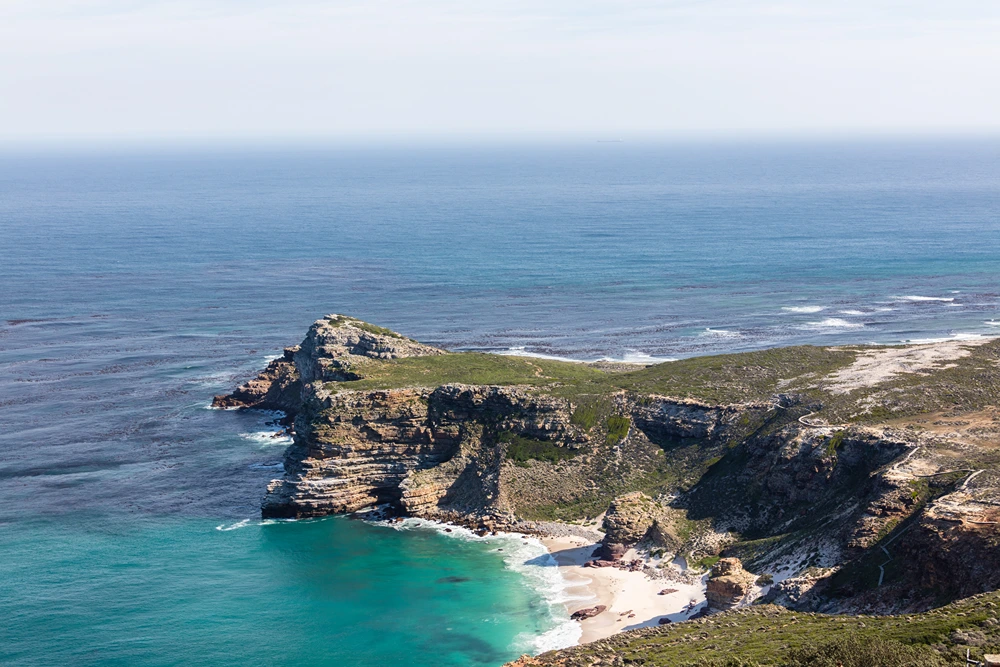
The Cape of Good Hope holds a pivotal place in maritime history. It was first rounded by Portuguese explorer Bartolomeu Dias in 1488. This event marked a significant milestone in the Age of Discovery, as it opened up new sea routes to Asia. Nearly a decade later, in 1497, Vasco da Gama successfully navigated the Cape, establishing a crucial sea route to India. These explorations were instrumental in expanding trade between Europe and Asia, changing the course of global commerce.
The Cape’s importance during the Age of Discovery cannot be overstated. It served as a critical waypoint for ships traveling to and from the East Indies, facilitating the spice trade and other lucrative goods. The establishment of these sea routes reduced the reliance on overland routes, making maritime trade more efficient and profitable. The Cape’s strategic location made it a vital landmark for navigators and traders alike, ensuring its place in maritime history.
In the 17th century, the Dutch East India Company recognized the strategic importance of the Cape of Good Hope. They established a refreshment station there in 1652 to supply ships with fresh provisions, aiding the long voyages between Europe and the East Indies. This move significantly influenced the region, leading to the development of Cape Town and laying the foundations for the area’s economic and cultural growth.
5 Key Historical Events Related to the Cape of Good Hope:
- 1488: Bartolomeu Dias becomes the first European to round the Cape of Good Hope.
- 1497: Vasco da Gama navigates the Cape, establishing a sea route to India.
- 1652: The Dutch East India Company establishes a refreshment station at the Cape.
- 1795: The British seize control of the Cape from the Dutch during the Napoleonic Wars.
- 1814: The Cape officially becomes a British colony, solidifying its role in global maritime trade.
Flora, Fauna, and Marine Biodiversity
The Cape of Good Hope is part of the Cape Floristic Region, renowned for its extraordinary biodiversity. The area is home to over 1,100 species of indigenous plants, with fynbos being the most prominent vegetation. Fynbos, a unique heathland vegetation, thrives in the region’s Mediterranean climate. Other notable plant species include proteas, ericas, and restios, all contributing to the region’s rich botanical diversity.
The wildlife at the Cape of Good Hope is equally impressive. Baboons are a common sight, often seen foraging along the roadside. Ostriches roam freely in the area, while various antelope species, such as eland and bontebok, graze the plains. Birdwatchers will find a paradise here, with a diverse range of birdlife, including majestic African black eagles and colorful sunbirds that inhabit the region.
Marine biodiversity around the Cape of Good Hope is remarkable. The coastline features unique tidal pools and vibrant reefs that support a plethora of marine life. These ecosystems are home to various species of fish, shellfish, and marine invertebrates. The nutrient-rich waters attract larger marine animals, including seals, dolphins, and even the occasional whale, making the Cape a hotspot for marine biodiversity.
| Species | Description |
| Fynbos | A type of heathland vegetation unique to the Cape Floristic Region. |
| Protea | A genus of flowering plants, one of the most recognizable elements of fynbos. |
| Baboons | Primates commonly seen foraging in the area. |
| Ostrich | The world’s largest bird, found roaming freely in the region. |
| African Black Eagle | A bird of prey known for its impressive wingspan and hunting prowess. |
| Tidal Pool Marine Life | Includes various species of fish, shellfish, and marine invertebrates. |
Tourist Attractions and Activities
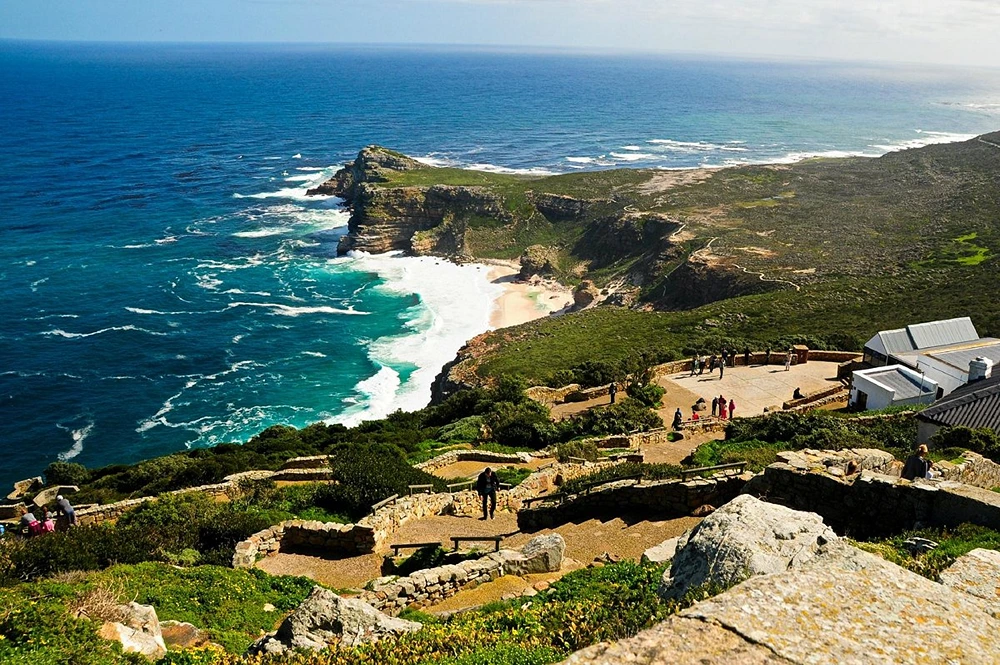
The Cape of Good Hope is a treasure trove of attractions and activities that captivate every visitor. One of the most iconic landmarks is the Cape Point lighthouse. Perched on the tip of the Cape Peninsula, the lighthouse offers panoramic views of the rugged coastline and the vast Atlantic Ocean. For hiking enthusiasts, the area boasts a network of scenic trails, ranging from easy walks to challenging treks, each providing breathtaking vistas and opportunities to explore the diverse landscape.
Wildlife experiences at the Cape of Good Hope are equally remarkable. Whale watching is a popular activity, especially during the migration season when southern right whales can be spotted off the coast. The region is also home to a thriving baboon population. Visitors often encounter these fascinating primates during their exploration of the park. Birdwatching is another favorite pastime, with numerous species inhabiting the area, including the majestic African black eagle.
Ecotourism plays a crucial role in preserving the natural beauty and biodiversity of the Cape of Good Hope. As part of the Table Mountain National Park, the region emphasizes conservation and sustainable tourism practices. Efforts are made to protect the unique flora and fauna, ensuring that future generations can enjoy this exceptional environment. Visitors are encouraged to respect the natural habitat and participate in eco-friendly activities that support conservation efforts.
7 Recommended Activities for Visitors:
- Visit the Cape Point lighthouse for stunning views.
- Hike the scenic trails to explore the diverse landscape.
- Enjoy whale watching during the migration season.
- Observe baboons in their natural habitat.
- Go birdwatching to spot the African black eagle and other species.
- Explore the tidal pools along the coastline.
- Participate in ecotourism activities to support conservation efforts.
How to Visit the Cape of Good Hope
The Cape of Good Hope is easily accessible by car, with a scenic drive from Cape Town taking approximately 1.5 to 2 hours. To get there, you can take the M3 highway south from Cape Town, then follow signs to Muizenberg and continue on the M4 along the coastline. The route offers picturesque ocean views and passes through charming towns such as Simon’s Town. Alternatively, visitors can opt for guided tours, which provide insightful commentary and eliminate the need for navigation. Companies like Xpat Journeys offer comprehensive tours that include transportation and guided experiences.
The entrance fee for the Cape of Good Hope section of Table Mountain National Park is approximately ZAR 320 for international visitors and ZAR 80 for South African residents. The best time to visit is during the spring and autumn months (September to November and March to May), when the weather is mild and the tourist crowds are smaller. Arriving early in the day is advisable to avoid the peak times and to enjoy the park’s natural beauty at a leisurely pace.
5 Travel Tips for a Successful Visit:
- Start early to avoid peak crowds and secure a good parking spot.
- Wear comfortable walking shoes for exploring trails and viewpoints.
- Bring binoculars for birdwatching and spotting marine life.
- Pack a picnic to enjoy at designated areas within the park.
- Check the weather forecast and dress in layers to accommodate changing conditions.
Final Words
Experiencing the Cape of Good Hope involves a rich blend of geography, history, biodiversity, and tourism. It stands as a prominent maritime landmark with deep historical roots linked to explorers like Bartolomeu Dias and Vasco da Gama. The Cape’s unique flora, fauna, and marine life create a biological haven within the Cape Floristic Region.
Tourists can enjoy many activities, from hiking to whale watching, emphasizing ecotourism. Visiting involves easy access from Cape Town, underscoring its appeal for nature enthusiasts and history buffs alike. The Cape of Good Hope offers a memorable and enriching journey.
FAQ
Why is the Cape of Good Hope so famous?
Which place is known as the Cape of Good Hope?
Why do they call it the Cape of Good Hope?
Is it worth going to Cape of Good Hope?
Cape of Good Hope discovered by?
Cape of Good Hope map?
Why is it called Cape of Good Hope?
Cape of Good Hope in world map?
Cape of Good Hope photos?
Top Attractions
Why would an ancient civilization dedicate 180 years to…
Why did the ancient Egyptians choose a secluded desert…
Are the Great Pyramids of Giza merely monumental tombs, or…


